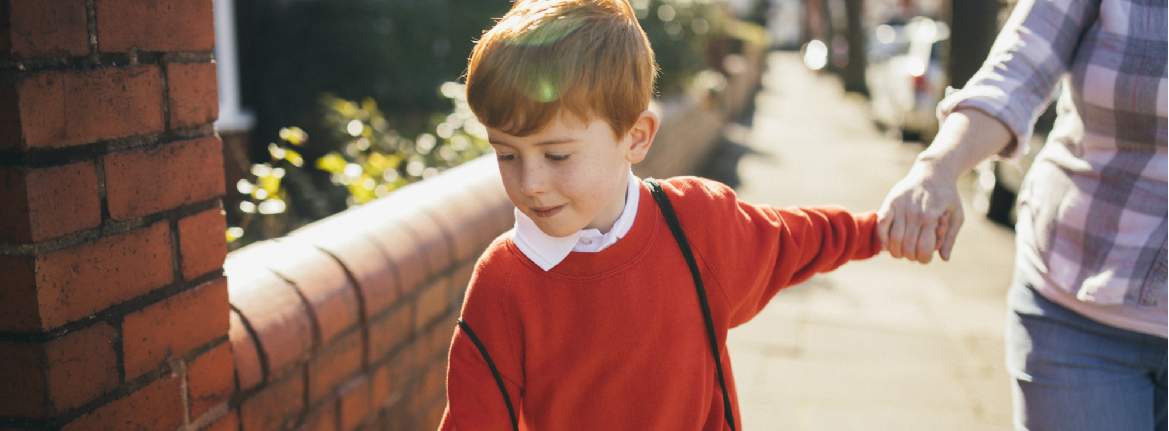Over the next few weeks of summer, parents’ thoughts will turn to corralling backpacks, plimsolls and other assorted primary paraphernalia as their children prepare for their first day at school.
But parental preparations have been ongoing – choosing a school, the anxious wait for a place, and, for some, moving house to stand the best chance of getting in.
In the great schools scramble, across England 91.8 per cent of primary school applicants received an offer from their first choice for the academic year 2021/22, higher than the 90.2 per cent seen in 2020/21. This figure varies from 95.1 per cent in the North East to 86.2 per cent in Inner London, where competition for school places is often more intense.
By looking at a local authority or county level it is possible to see an interesting correlation between areas that have a high success rate in offering pupils a place at their first choice school and both average house prices and recent price growth. Generally, the greater the success, the lower the prices but the stronger the annual house price growth.
We can’t necessarily attribute this house price growth just to school choice because there are clearly so many other factors in play.
Kensington and Chelsea in London, for example, has the lowest percentage of primary school applicants who got their first choice (67 per cent) but has the highest average house prices at £1.9 million. Here, many parents are opting for independent schooling as an alternative.
By comparison, Redcar & Cleveland and Hartlepool in the North East have a 99 per cent success rate but on average houses are a fraction of the price at £150,000.
Importantly, what this data doesn’t take into consideration is the quality of the schools in each area. Highly regarded schools have long been a key driver for housing demand and we know that parents are willing to pay over the odds to live near state primary schools that are rated outstanding by Ofsted.
The highest differential can be found in London, where buyers pay a premium of £189,000 (or 39 per cent) to be near the best primary schools, when compared with those that require improvement or are considered inadequate.
However, because of the fierce pressure on places, many families are now looking beyond the capital. For both the South East and the East of England, buyers pay £360,000 more to be close to outstanding primary schools, 27 per cent and 32 per cent higher respectively, than they would for property near inadequate schools or those that require improvement.


(2).jpg)
.jpg)
.jpg)




.jpg)
.jpg)